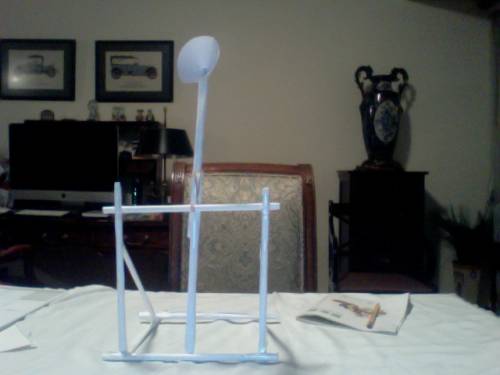How to Make a Catapult Out of Paper

For those of you who do not know what a catapult is, it is a very old device used to hurl a projectile without the help of explosive devices. During early history of war, armies used these huge structures to great effect especially when it came to destroying enemy forts and structures that would never be conquered by just bows and arrows. The catapults were invented by the Greeks and throughout time, these siege machines were improved by many nations. Even in during the First World War, these structures were used by the French troops against the Germans.
Today, the use of catapults has become very minimal as military techniques have changed over the course of time.
Just for the sake of fun, you can make a catapult out of paper if you don’t have any wood with you. However, this particular type of catapult will only serve as a more of a model rather than an actual ballistic weapon.
Instructions
-
1
First, you need to have a copy of the template on which you are going to work on. Try using A4, a cocktail stick, glue-stick, scissors, cutting mat.
-
2
Roll up eleven sheets of paper in a nice and tight fashion. Then, tape two of those sheets together in order to make the throw arm of the catapult. Now, tape all these pieces together. After you are done with this, tape on your rubber band and make a cone and add it on the paper.
-
3
The throwing arm has two ends which need to be folded properly in order to make the arm work. Cut the arm securely and use the cocktail stick to make holes at the dots.
-
4
Creating a base would be complicated so it would be better to design it on just one piece which will then make the corners more rigid. Cut and crease the template, then work your way to the long sides. Glue the last part down to the frame’s base.
-
5
Another name for the catapult is trebuchet and a traditional trebuchet does not need gravity to use the throwing arm. However, gravity does mimic the motion involved in throwing a projectile at good speed. Furthermore, the little projectiles do go far even though they won’t be used to destroying forts and city walls.
-
6
However, this is definitely a great thing for your kid’s project, a science assignment or something that a history teacher gives his students to work on at the weekend.



